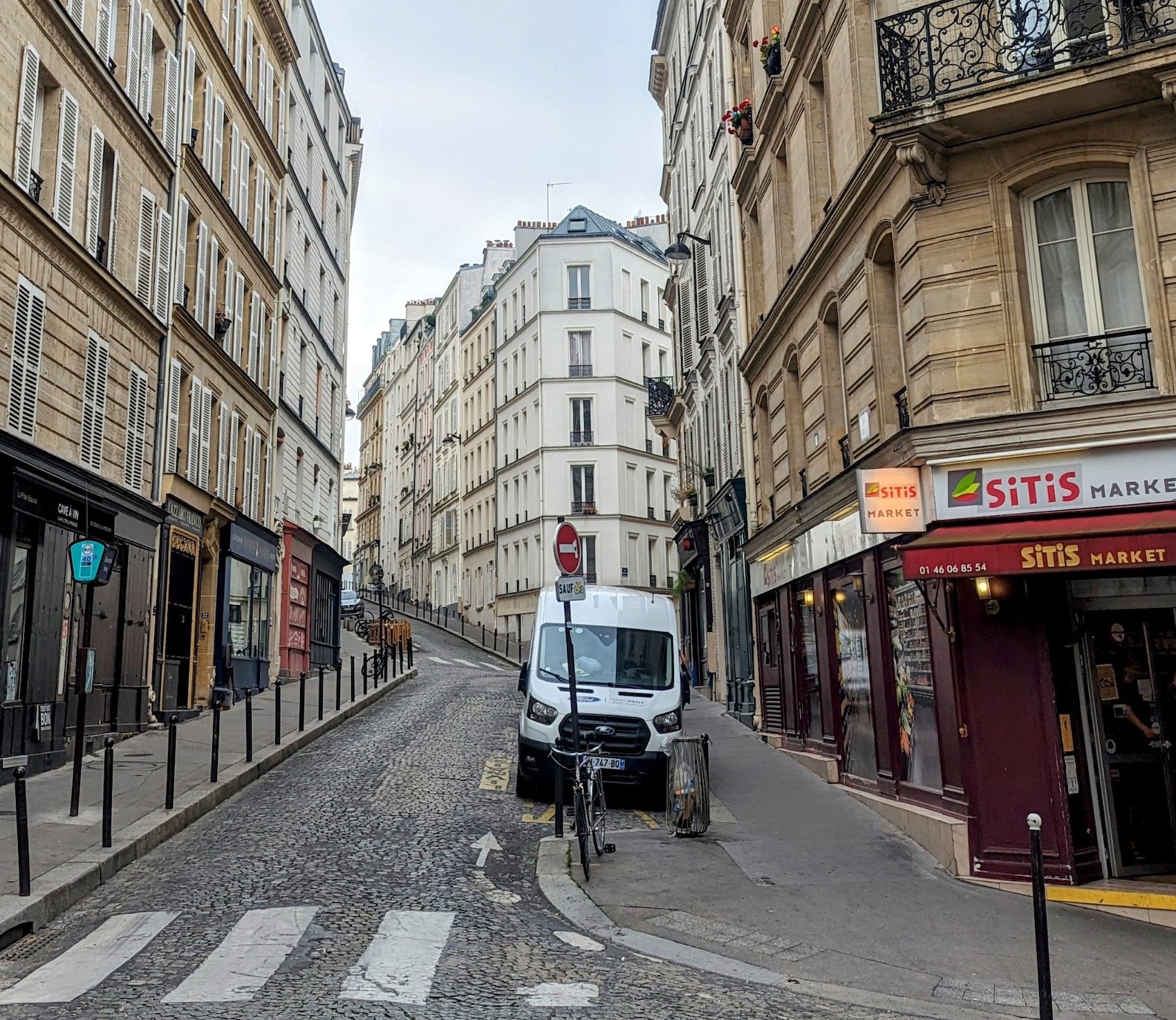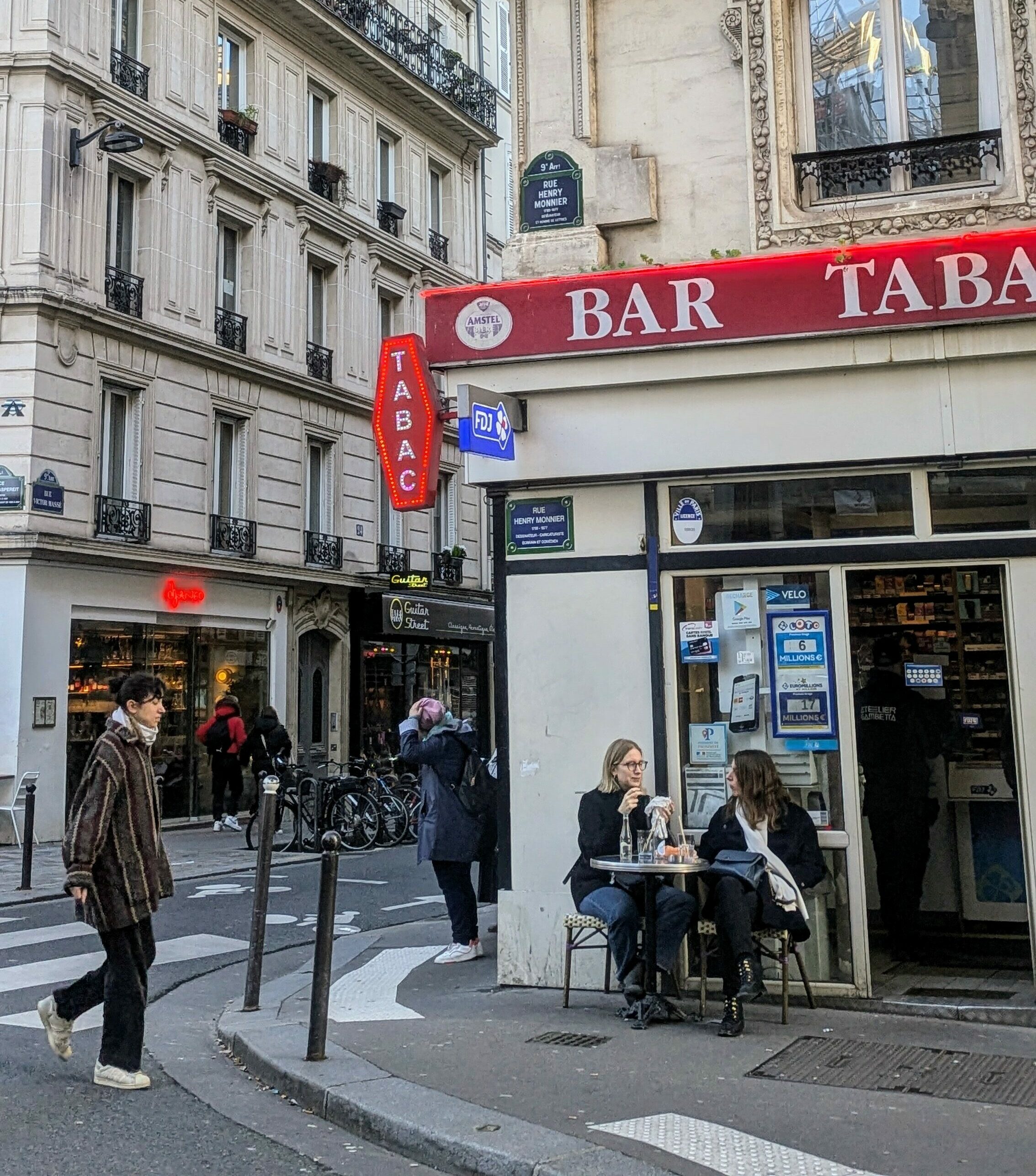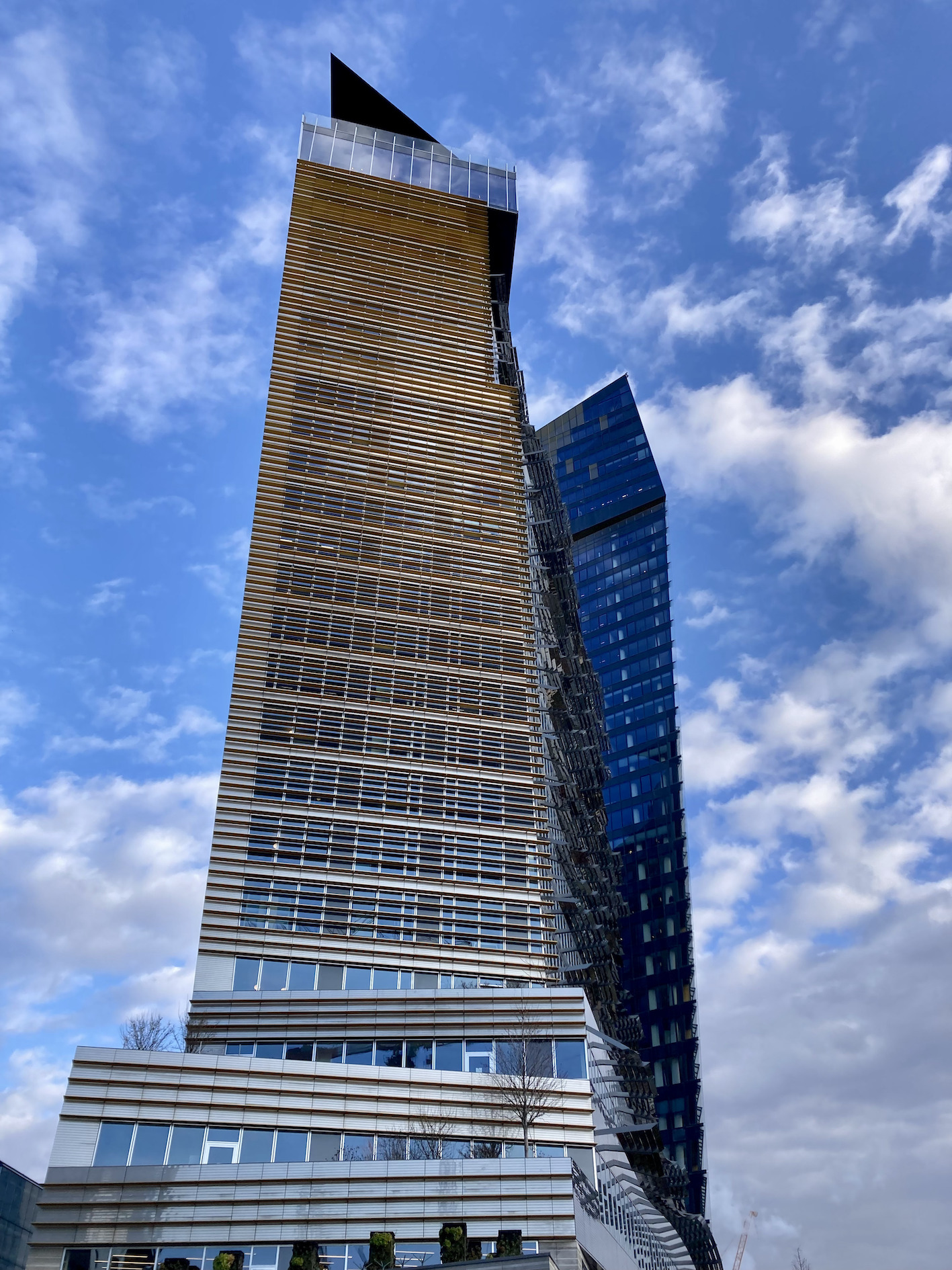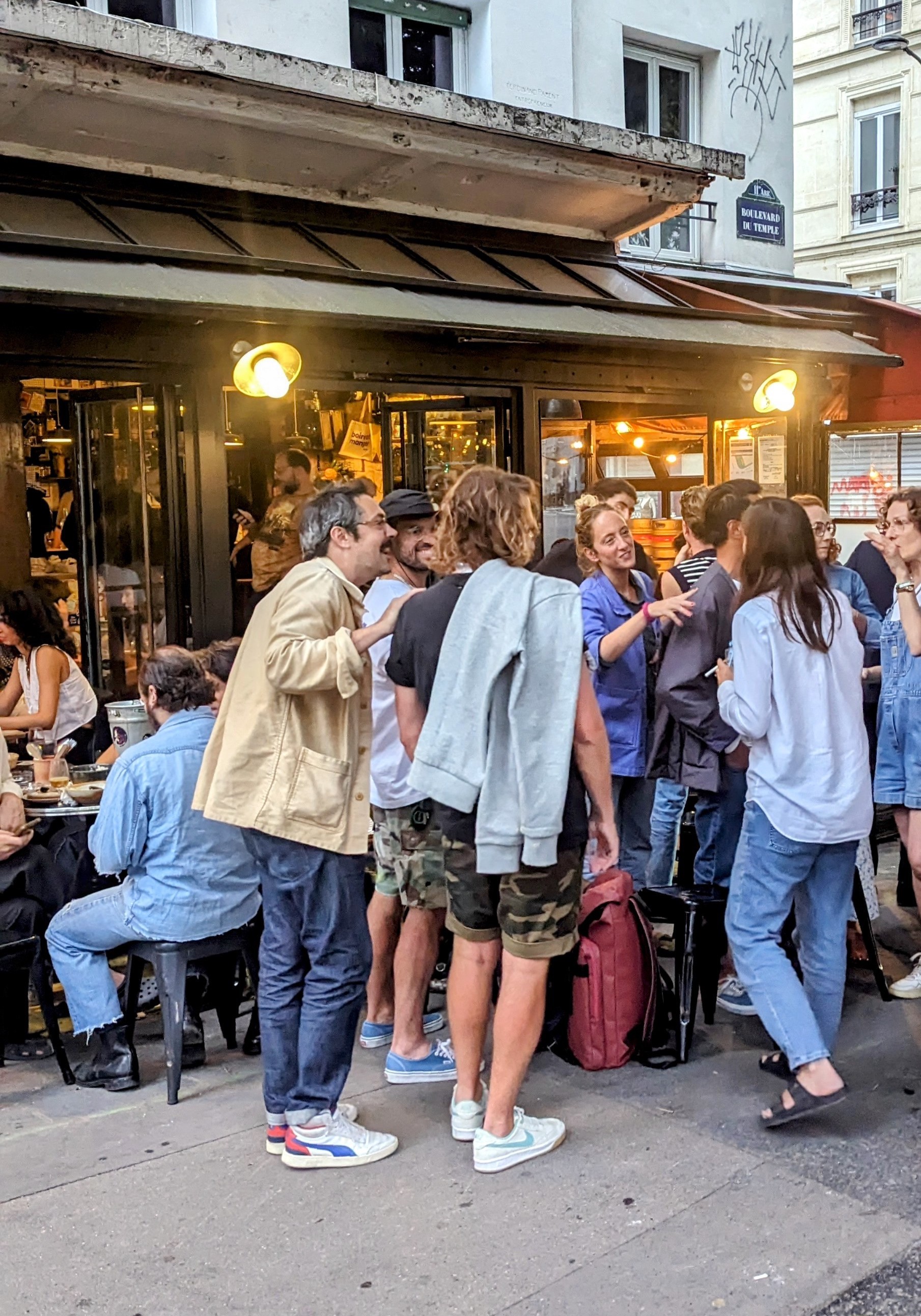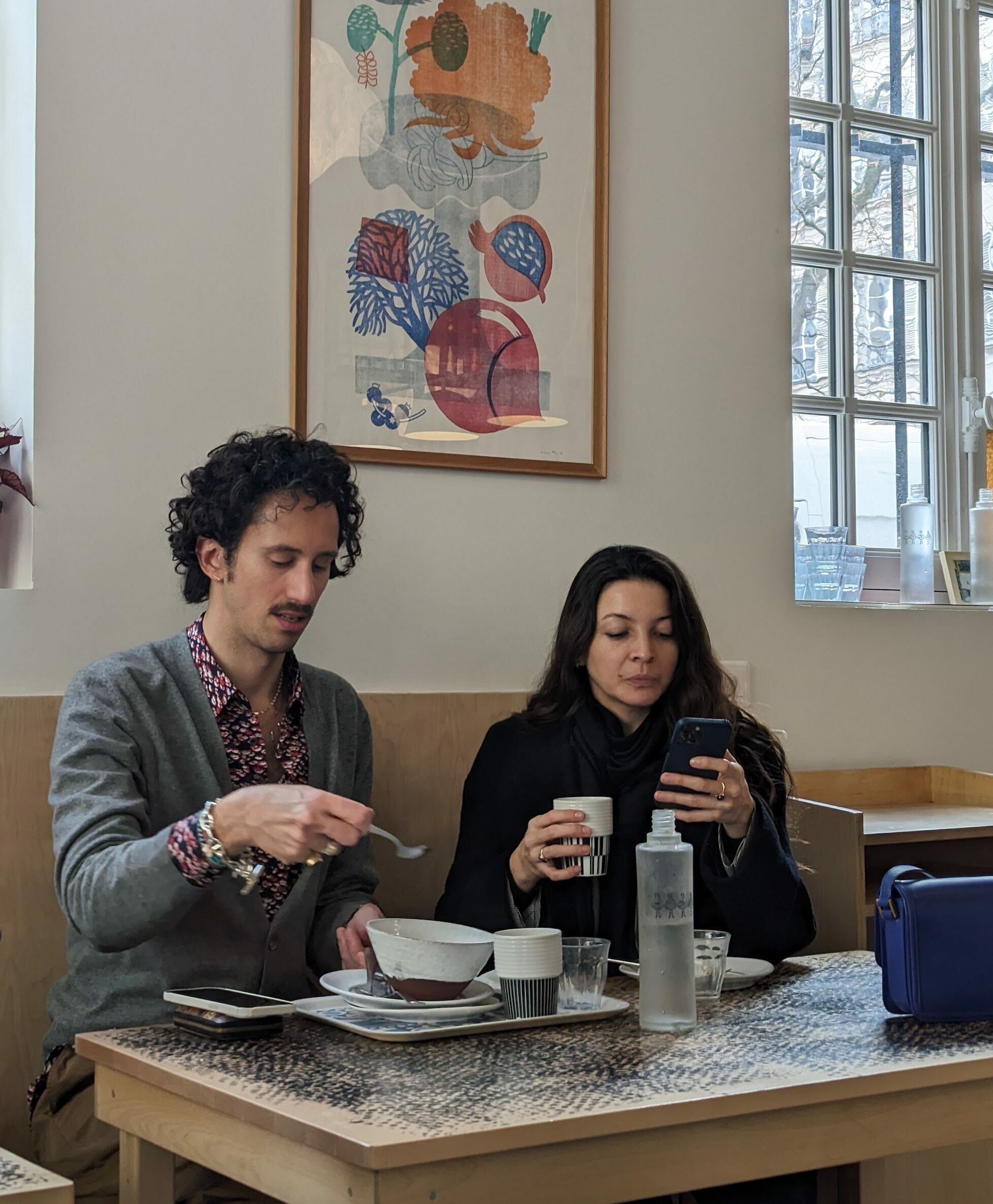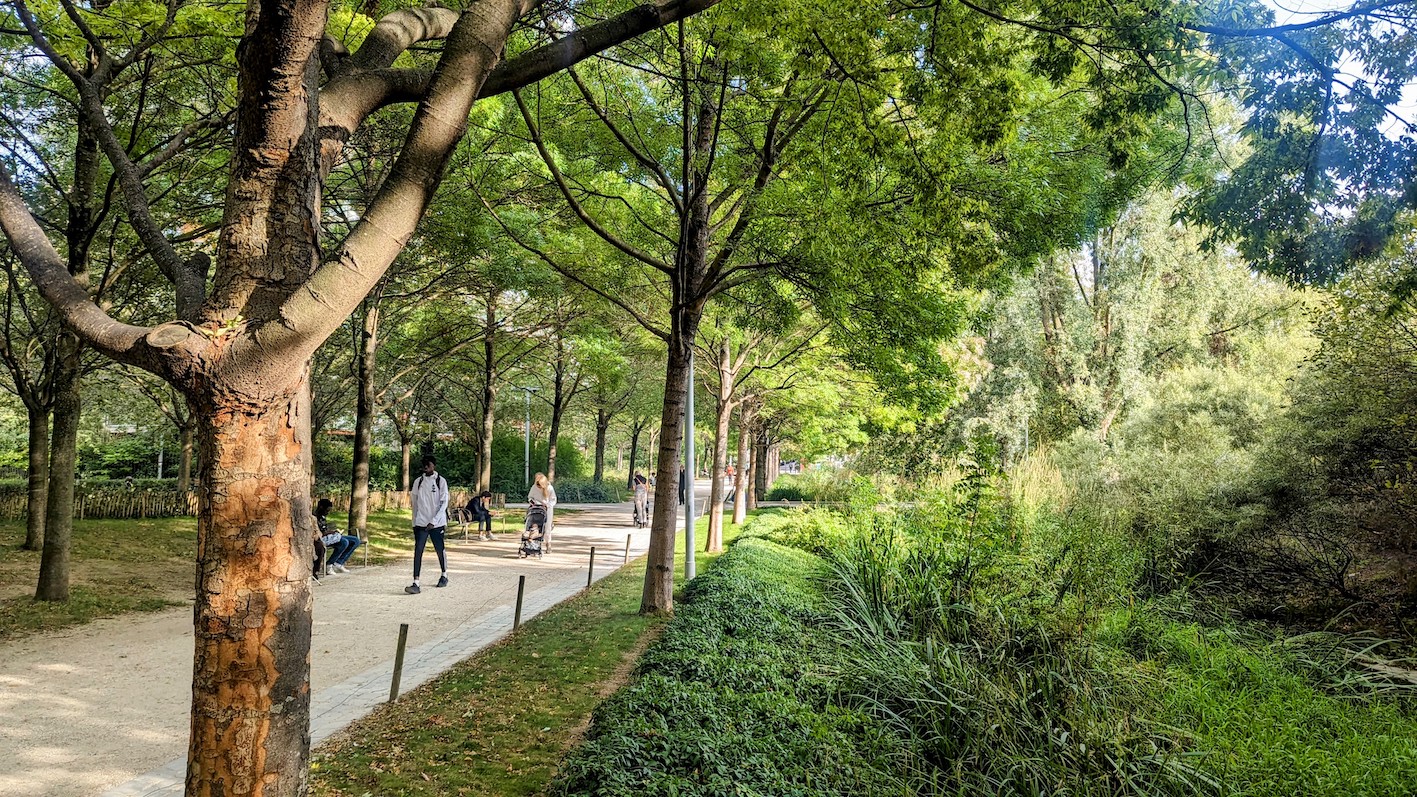The 18th arrondissement: multicultural, lively, gentrified
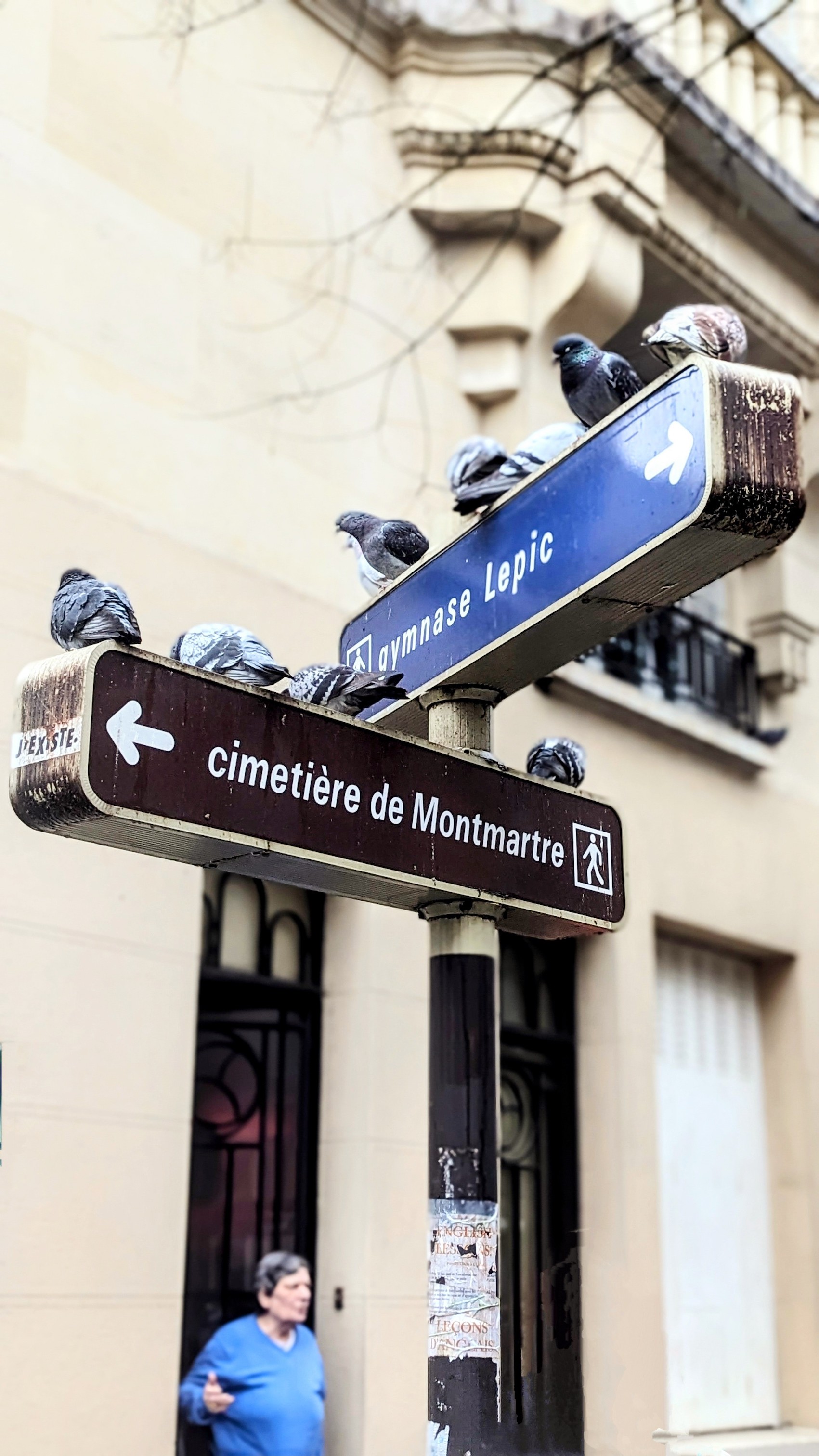
Next up: The multifaceted 18th arrondissement. While tourists picture Montmartre when they think of the 18th arrondissement, locals associate it with la colline du crack – the ‘crack hill’, an encampment of drug users and dealers near Porte de la Chapelle. Neither does justice to Paris’ northernmost district, which is much more than an Amélie Poulain fantasy and a junkie hotspot.
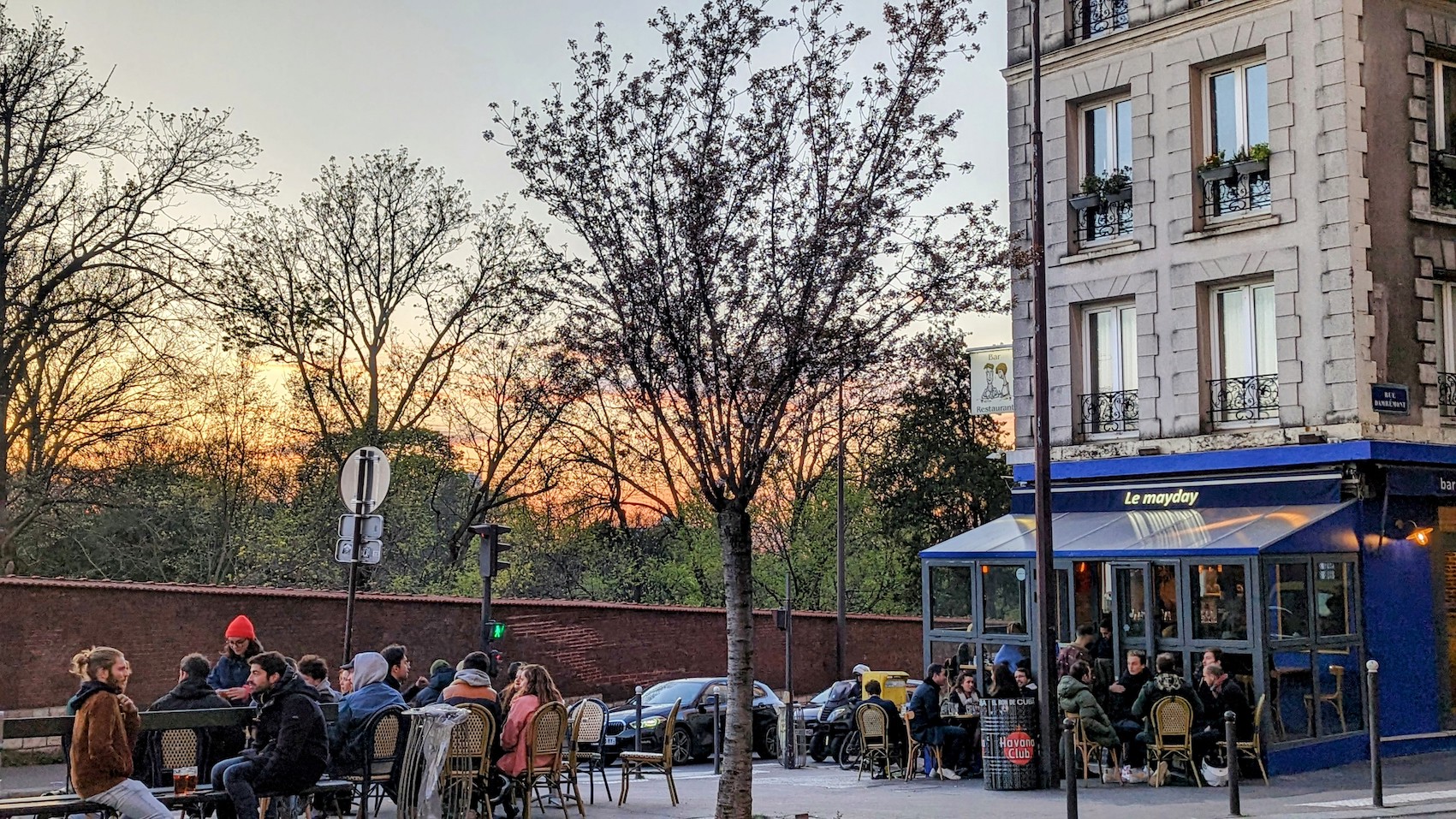
A bobo’s dream come true
Despite the rougher neighborhoods in the northeast, the 18th is one of the most popular arrondissements among those who know what’s good. Forget the tourist trap of Montmartre, the northwest is where it’s at. Heavily gentrified, the areas around the Lamarck-Caulaincourt and Jules Joffrin metro stations are among the most pleasant: lively but not overcrowded, close to major sites but not touristy, and full of independent shops and incredible restaurants. Since few tourists ever venture east, west or north of the hill, the area is teeming with hidden gems.
Check out our Jules Joffrin guide for excellent addresses in the area
Multicultural, underprivileged (with an average household income of €27,605 per year (2011), it’s the poorest of the city’s 20 districts), yet dotted with hot eateries, specialty coffee shops, small labels, and a Bio’c’Bon on almost every corner, it’s a bobo’s wet dream, so it’s no surprise you’ll see more tote bags than Chanel 2.55s.
See also: Portrait of a Bobo
The drinking hole of the artists
If you’re into history or art or both, this arrondissement promises to be a treat. It has existed since 1859, when the number of arrondissements was increased from twelve to twenty as part of the annexation of the suburbs, and was formed from the villages of La Chapelle, Clignancourt and Montmartre. As you probably know, the latter attracted many painters, poets and writers at the end of the 19th century, such as Pablo Picasso, Vincent van Gogh, Auguste Renoir and Henri de Toulouse-Lautrec, who moved there to work, live and drink.
In those days, Montmartre didn’t have to pay the city’s high tax on wine, making it a popular destination for a night of debauchery. It definitely became the center of nightlife with the opening of the Moulin Rouge, which soon became the city’s trendiest club and the birthplace of the French cancan.
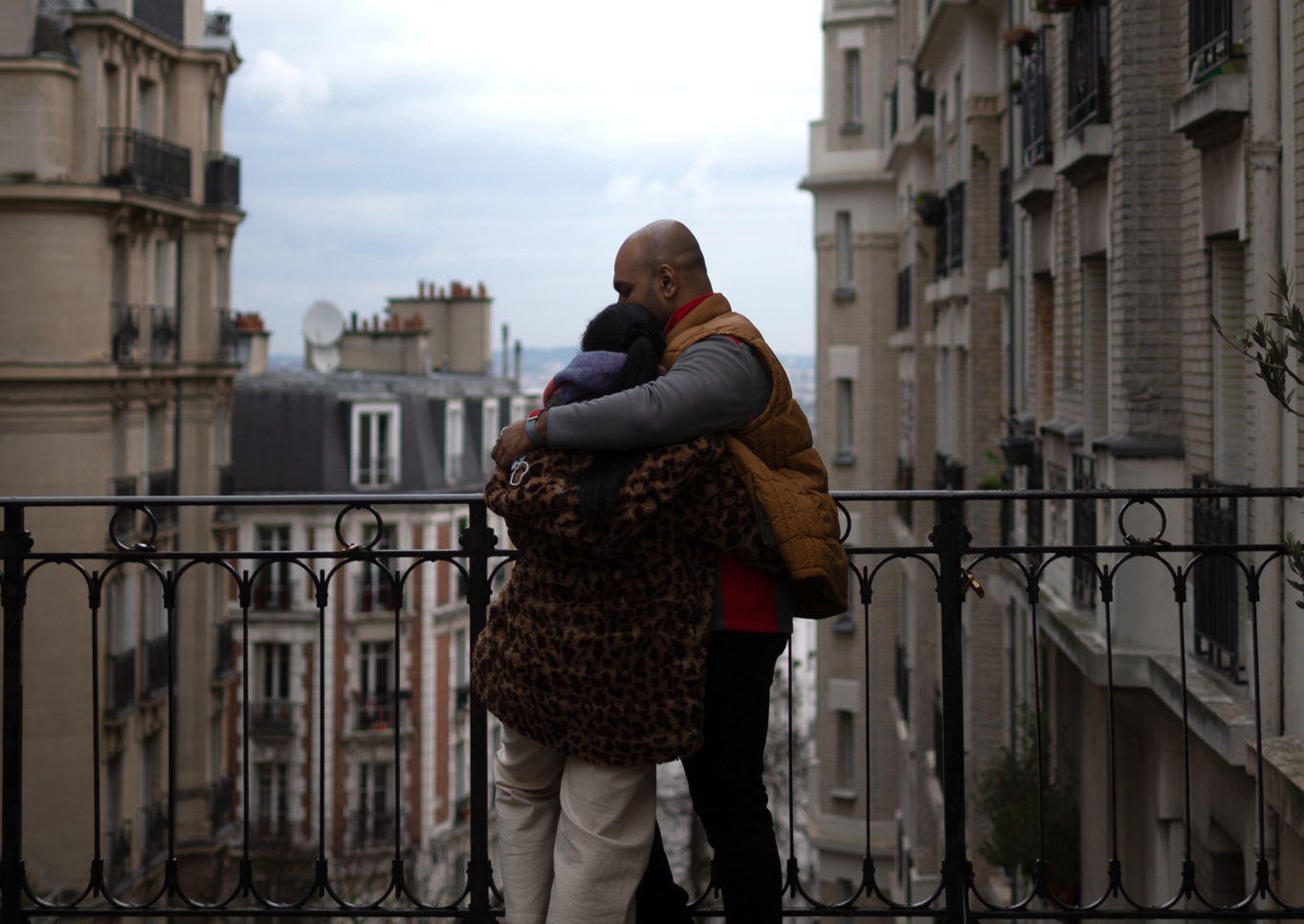
Find the best things to do in the 18th and beyond
Today, the nightlife has moved to other neighborhoods, as have the artists, but there is still much to discover in the 18th arrondissement. Get your own unique guide with personalized recommendations tailored to your tastes to find the best things to do in the 18th and the rest of Paris.

